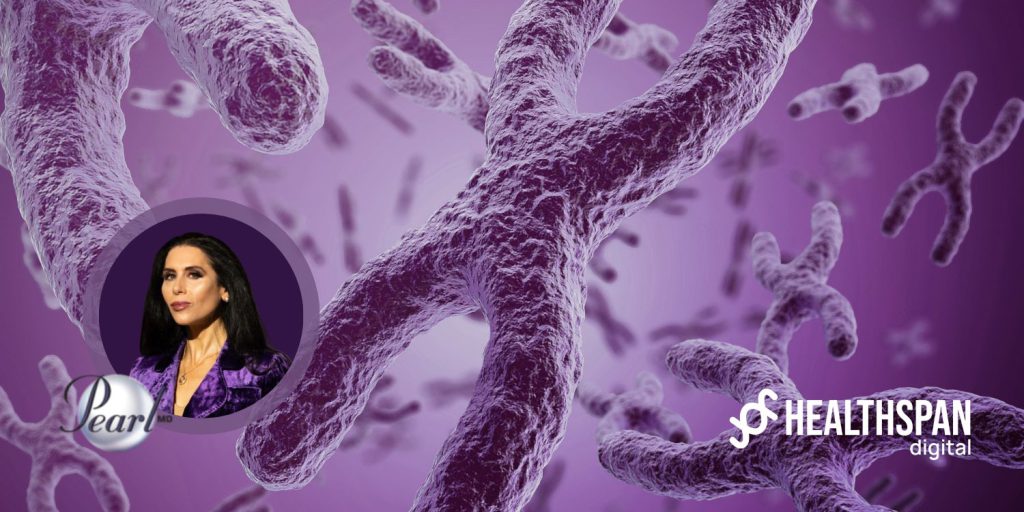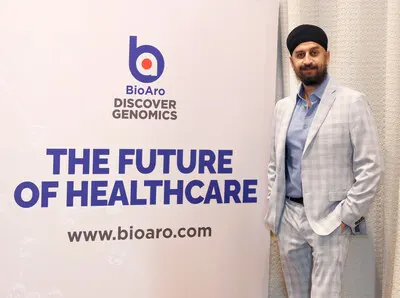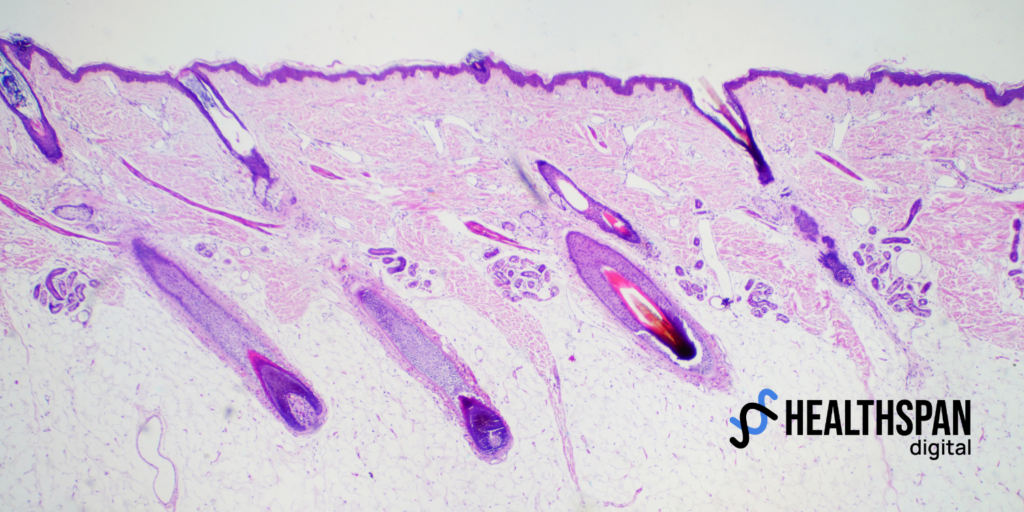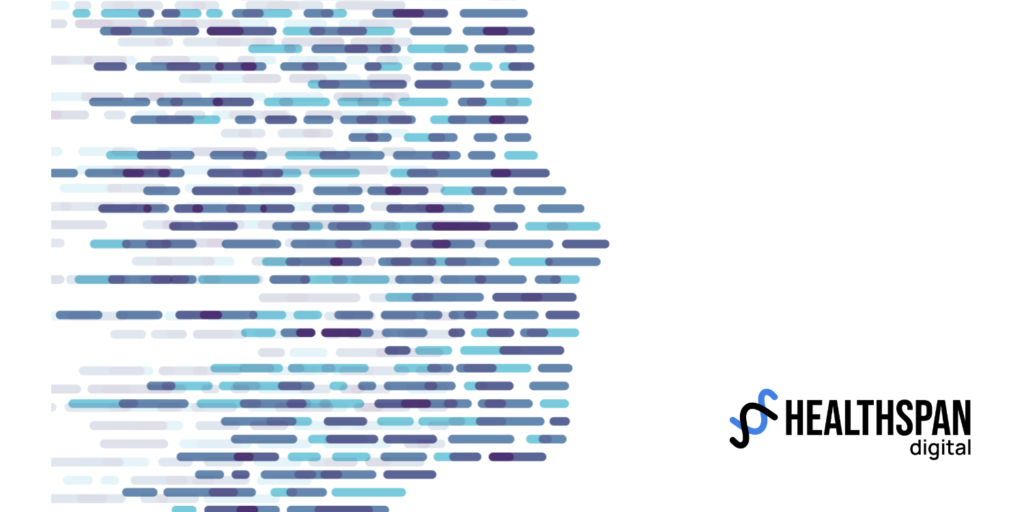Dr. Jennifer Pearlman, MD CCFP NCMP FAARM ABAARM CFA
Women are afforded a unique set of biological advantages at birth favouring longevity. Throughout their lifetime however, offsetting these factors are susceptibilites that can induce more rapid aging than their male counterparts. The Female Longevity Factor is a novel concept
coined by the author to refer to these biological traits and lifetime risks.
The longevity gender gap refers to the long-recognized discrepancy in lifespan in which women on average live seven years longer than men. The added years of life unfortunately do not presently translate into extended healthspan as women often experience disease and disability in their last decade of life. The healthspan gender gap differental is largely due to gender bias throughout the biomedical system from research to diagnosis to treatment of disease. Too oEen women are mis- or under-diagnosed, untreated or mis-treated and the unique risk factors that predict disease in women are too often unrecognized. For example, cardiovascular disease is the most common cause of death in women accounting for more deaths than all other causes deaths combined But women are often misdiagnosed when presenting with a heart attack and are too often denied lifesaving cardiac interventions in part due to the lower sensitvity of common diagnostic tests in female parents. Hormonal milestones pose unique risks to women, and experiencing pregnancy related high blood pressure, an early menopause, or severe hot flashes and sweats are all unique risk factors in women predicting future cardiovascular disease.
When it comes to longevity, the key hallmarks of aging affect women differently than men. Women are born with genomic longevity advantages and the benefit of higher levels of estrogen throughout their reproductive lifespan, the menopause transition and greater susceptibility to epigenetic risks threaten to migate these favourable factors. The Female Longevity Factor can be understood by an examination of the gender basis underlying the hallmarks of aging.
Genomic Factors
Over 200 longevity genes have been identified to date. Studies of “superagers” reveal that these longevity genes code for vital metabolic and immune factors and controls of genomic stability.
Women have an innate genomic advantage with an extra X chromosome. There are over 1000 genes encoded on the X chromosome and these X-linked traits include brain, bone, neurological and immune function. Men on the other hand lack the second X chromosome and instead have in its place a Y chromosome. With fewer than 80 genes, the Y chromosome is much smaller and leaves men without a backup to all of the important X-linked genes. Thus, the second X chromosome provides women with a genomic advantage that becomes more important with aging.
Telomeres
In fact, each of our chromosomes contain a female longevity advantage. This lies in the noncoding caps of our chromosomes known as telomeres. These regions shrink as we age and can be considered a biological limit to our lifespan. Telomere length is extended under the influence of an enzyme, telomerase which can repair shortened or damaged telomeres such as during oxidative stress. Women are born with longer telomeres than men. But these longer telomeres are more suscep:ble to the harmful effects of stress. Estrogen is telomere protective as it upregulates telomerase. At menopause, with the decline of estrogen, women experience a rapid shortening of telomeres.
Epigenetic Factors
Genetics predict only about 20% of our aging. The vast majority is influenced by geneenvironment interactions, referred to as epigenetics. Epigenetic determinants can be internally derived like hormones or arise externally such as through our diet and environmental exposures.
Women are more susceptible than men to epigenetic influence and with epigenomic alteration to the germ line this risk can be passed on to her future generations. Epigenetics is transgenerational through maternal exposures. For instance, a grandmaternal diet that is low in protein can lead to adverse outcomes in her granddaughter. Through epigenetics, women can be considered a gateway to the health and longevity of her future generations.
Hormonal Factors
Hormones are vital signals produced by one issue exerting effects at a distant site. Estrogen is one of nearly two hundred human hormones that binds both cell membrane and nuclear receptors and therefore affects both issue function and genomic expression. For reproductive women, high circulating estrogen translates into many health and longevity benefits. Estrogen is geroprotective as it positively affects the hallmarks of aging.
Longevity Diet
Aging is not hardward. Your DNA is not your destiny but rather shaped by your lifestyle and exposure. If your genes load the gun, a poor diet is what pulls the trigger. So is there a longevity diet? Studies of the longest living populations in the world, referred to as the “Blue Zones” reveal that the secrets to living longer can be found in the unique diet and lifestyles of these diverse populations.
The Okinawa islands off the mainland of Japan boast the longest living women in the world.These women eat a plant-based diet, nearly void of refined sugars and processed foods and remain active into their final years. The Okinawan diet differs from that of their mainland Japanese neighbours. Instead of a rice-based diet, they consume large amounts of the Japanese sweet potato which contains high yields of hyaluronic acid, a sort of elixir of youth. Hyaluronic acid is used to treat aging skin, eyes, joints and vaginal dryness in women after menopause. Indeed, these women may have discovered a diet for longevity.
Mitochondrial Vitality
Cellular energy deple:on is an important hallmark of aging. Mitochondria are the cell’s energy pack producing the fuel of life or ATP. The machinery involved in producing ATP is encoded by a set of genes that are so vital to life that they are encased within the mitochondria and not the nucleus like all other genes. And unlike the nuclear genome, the mito-genome exists in only one copy and is entirely inherited maternally. Moreover, female mitochondria are more energy efficient and more resilient to oxidative damage both of which contribute to the longevity gender gap.
Women are born with a set of biologic longevity advantages but also unique susceptibilities. The longevity gender gap is based on more than just the protective effects of estrogen. Key female longevity factors exist in our genome, telomeres, epigenome and mitochondria. Aging is not entirely hardwired but largely under our control. Understanding the gender specific factors underpinning the aging process can help women achieve the full benefit of an extended lifespan with greater health and vitality to live longer younger.
Dr. Jennifer Pearlman, MD CCFP NCMP FAARM ABAARM CFA
Dr. Pearlman is visionary health entrepreneur and an internationally recognized medical expert in health,hormones and regenerative medicine. She is medical director and owner of PearlMD in Toronto, Canada where she offers customized solutions to help women live longer younger. She is staff physician at Mount Sinai Hospital in Toronto where she helped lead the menopause clinic, the largest of its kind in Canada. Dr. Pearlman is a NAMS certified menopause expert, fellow and faculty of Anti-Aging and Regenerative Medicine by A4M, Director of Regenerative Aesthetics with AMWC. Dr. Pearlman is co-founder and Director of Business Development for Healthspan Digital offering a first in class AI powered longevity platform as an enterprise solution.



